Bac Ha Doc Mung Edible Vietnamese Taro Thai Elephant Ear Live Plant 1 Cup
Original price was: $52.99.$32.99Current price is: $32.99.
Buy 1 cup of live Bac Ha Doc Mung Edible Vietnamese Taro (Thai Elephant Ear). Ideal for indoor or outdoor gardening, this plant thrives in partial shade and produces edible leaves.
Estimated arrival
Jan 06
Jan 11 - Jan 13
Jan 16 - Jan 20
Reasonable Price
We offer reasonable price

Support 24/7
Contact us 24 hrs a day

100% Money Back
You've 30 days to Return

Payment Secure
100% secure payment
Elevate Your Garden with Bac Ha Doc Mung Taro
Enhance your garden with a 1 cup live Bac Ha Doc Mung Edible Vietnamese Taro, also known as Thai Elephant Ear or Colocasia Gigantea. This striking plant offers both visual appeal and culinary potential, providing flavorful leaves for various dishes. Well-suited for both indoor and outdoor environments, this tropical plant thrives in humid subtropical and tropical climates, making it an excellent addition to any vegetable garden or decorative landscape. The Thai Elephant Ear is a must-have for plant enthusiasts.
Bac Ha Doc Mung Taro is a fast-growing, evergreen plant that flourishes in medium sunlight and partial shade, making it easy to integrate into diverse garden settings. It grows exceptionally well in USDA hardiness zone 10, where temperatures range from 30 to 40°F. This plant is perfect for home gardeners and anyone seeking a sustainable way to enjoy edible plants. Growing your own Vietnamese Taro provides fresh ingredients and a beautiful garden feature.
The large, attractive leaves of the Thai Elephant Ear create a lush, vibrant atmosphere while also providing nutritious, edible foliage for Asian cuisine. It’s ideal for garden lovers, chefs, and decorators looking to add both beauty and functionality to their space. Whether you’re an experienced gardener or a beginner, this plant is a fantastic choice, requiring medium watering and thriving in humid conditions. With its impressive size and unique appearance, the Colocasia Gigantea will surely become a focal point in your garden.
Key Features and Benefits:
- Edible Leaves: The Bac Ha Doc Mung Taro provides delicious, edible leaves perfect for cooking, particularly in traditional Vietnamese and Thai dishes.
- Indoor and Outdoor Friendly: Thrives in both indoor and outdoor environments, making it versatile for all types of gardens.
- Evergreen and Low Maintenance: This tropical plant is evergreen, offering beauty year-round with minimal care.
- Large, Stunning Foliage: Thai Elephant Ear leaves are large and vibrant, adding dramatic, exotic beauty to your space.
- Perfect for Tropical and Subtropical Climates: Ideal for USDA hardiness zone 10, this plant thrives in medium sunlight and partial shade conditions.
FAQs:
- What is Bac Ha Doc Mung (Thai Elephant Ear)?
Bac Ha Doc Mung, or Thai Elephant Ear, is a tropical plant known for its large, attractive leaves and edible foliage. It’s often used in cooking, especially in Vietnamese and Thai dishes. - Can I grow Bac Ha Doc Mung indoors?
Yes, Bac Ha Doc Mung can be grown indoors as long as it receives medium sunlight or partial shade. It’s perfect for those looking to add greenery to their home or apartment. - How do I care for the Bac Ha Doc Mung Taro?
The plant thrives in humid conditions with medium watering. It requires medium sunlight and partial shade for optimal growth. Ensure the soil is well-drained for best results. - Is the Bac Ha Doc Mung plant edible?
Yes, the Bac Ha Doc Mung or Thai Elephant Ear plant produces edible leaves that can be used in cooking, making it perfect for those who want an edible garden plant. - What USDA hardiness zone is best for Bac Ha Doc Mung?
Bac Ha Doc Mung thrives in USDA hardiness zone 10, where temperatures range from 30 to 40°F. It is ideal for humid subtropical and tropical climates. - How large do the leaves of the Thai Elephant Ear get?
The leaves can grow quite large, often reaching several feet in length, creating a dramatic and lush appearance. - How often should I water my Bac Ha Doc Mung plant?
Water the plant regularly, keeping the soil consistently moist but not waterlogged. Increase watering during hotter months. - What type of soil is best for growing Bac Ha Doc Mung?
Use well-draining soil that is rich in organic matter. A mix of potting soil, compost, and peat moss works well. - Is the Bac Ha Doc Mung plant safe for pets?
It’s advisable to keep the plant away from pets, as some parts can be toxic if ingested. - Where can I find recipes that use Bac Ha Doc Mung leaves?
Search online for Vietnamese and Thai recipes that feature taro leaves or elephant ear. Many culinary blogs and websites offer delicious ideas.
Be the first to review “Bac Ha Doc Mung Edible Vietnamese Taro Thai Elephant Ear Live Plant 1 Cup”
-
USDA Hardiness Zone
10 -
Soil Type
Well-draining, rich in organic matter -
Sunlight Exposure
Medium sunlight, partial shade -
Expected Planting Period
Spring or early summer


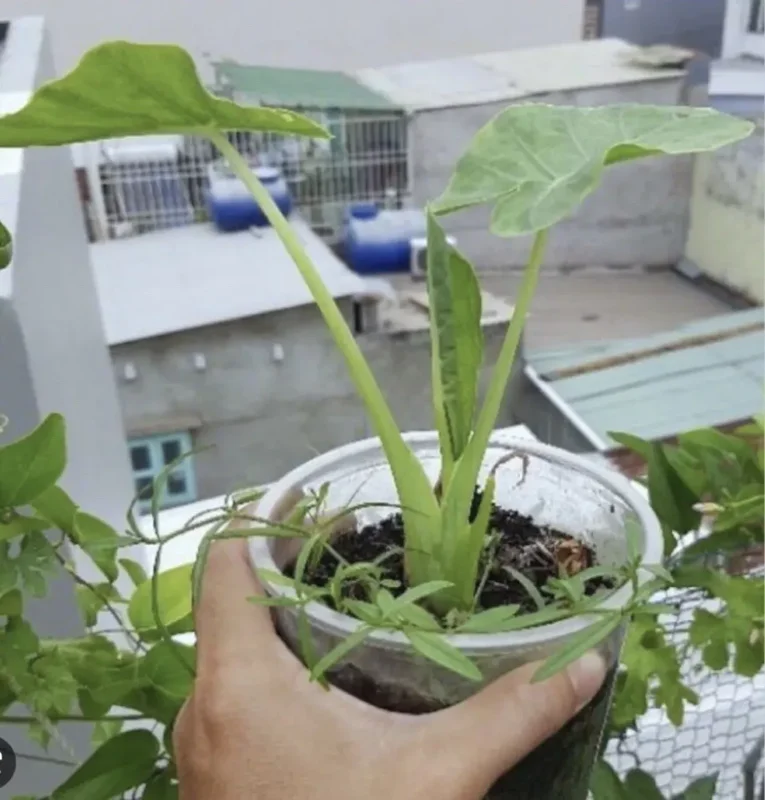
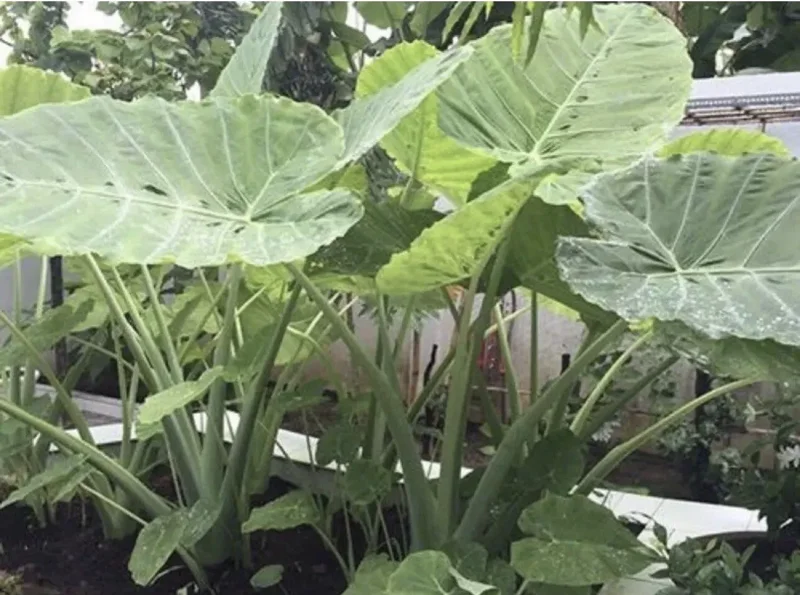
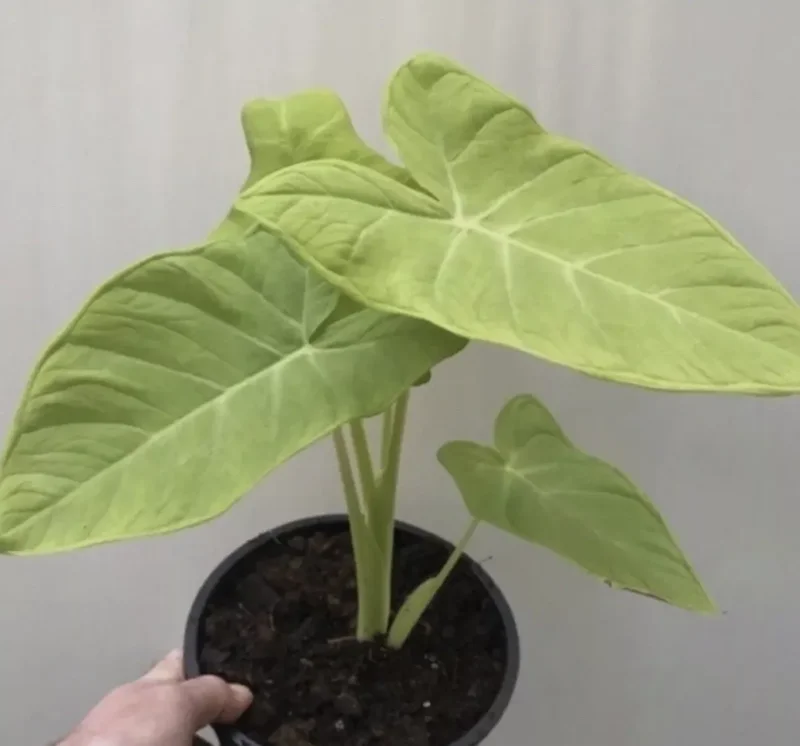


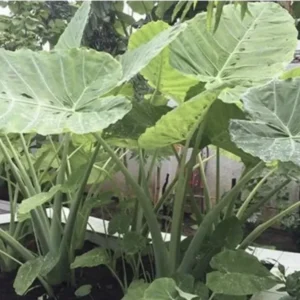
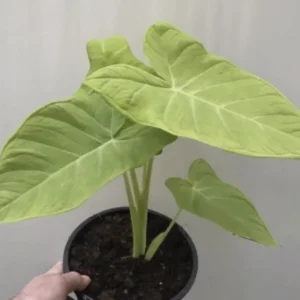






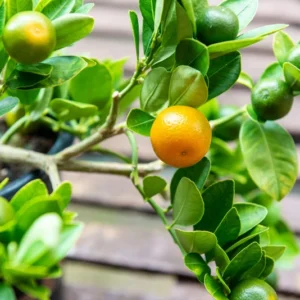
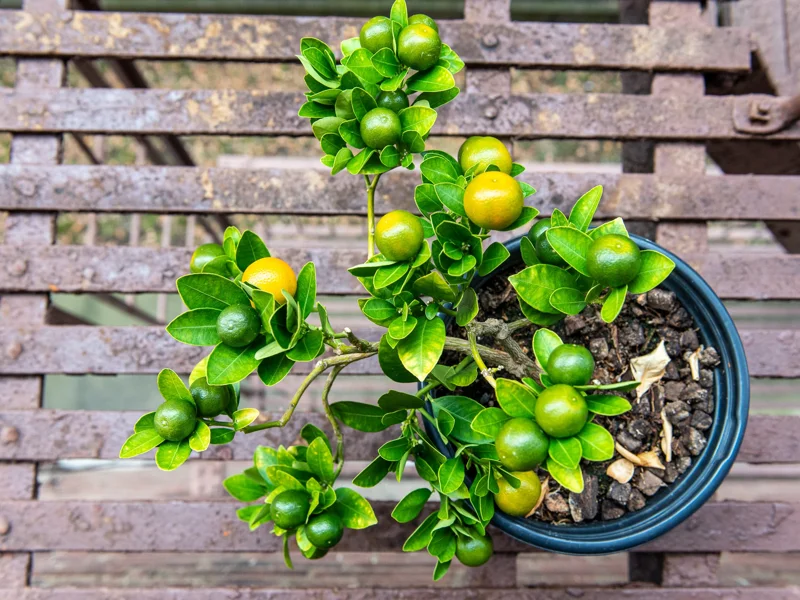
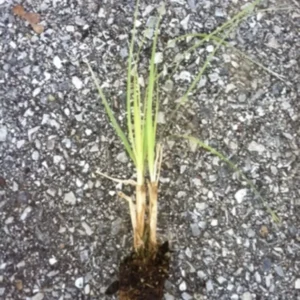
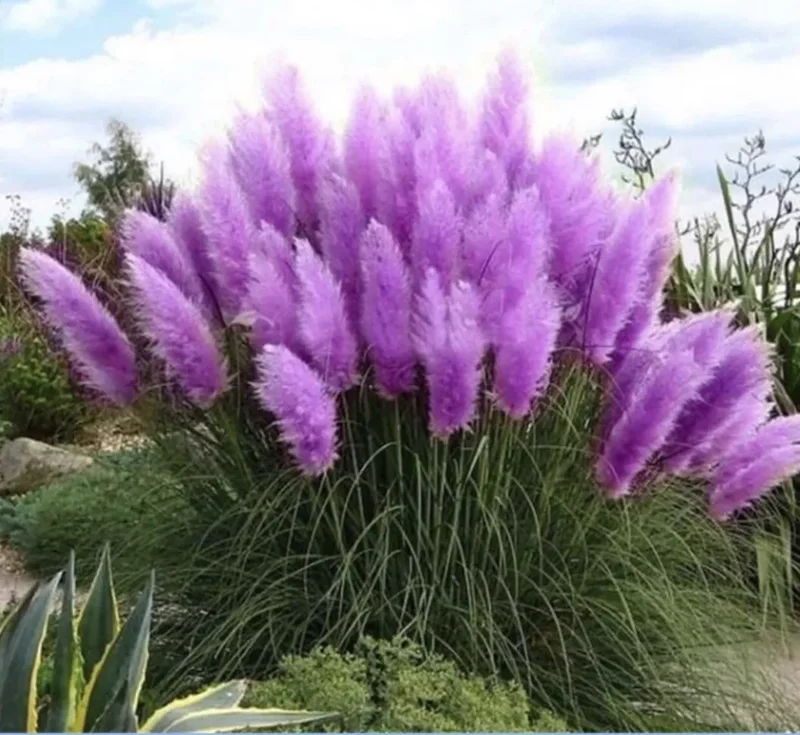



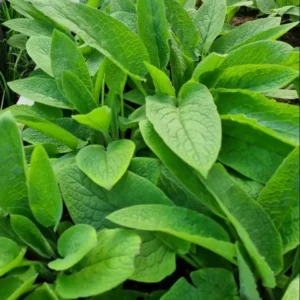
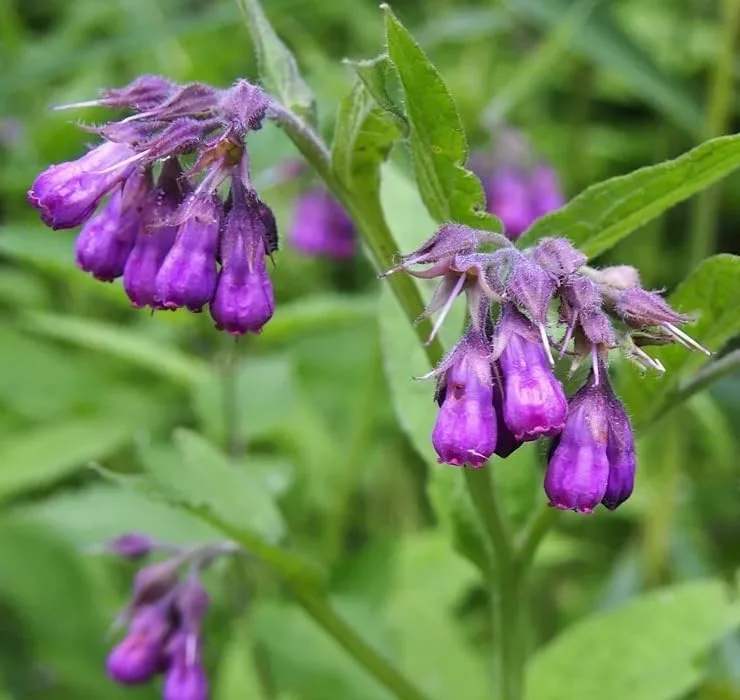
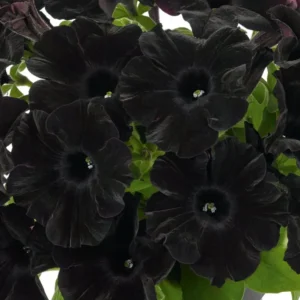
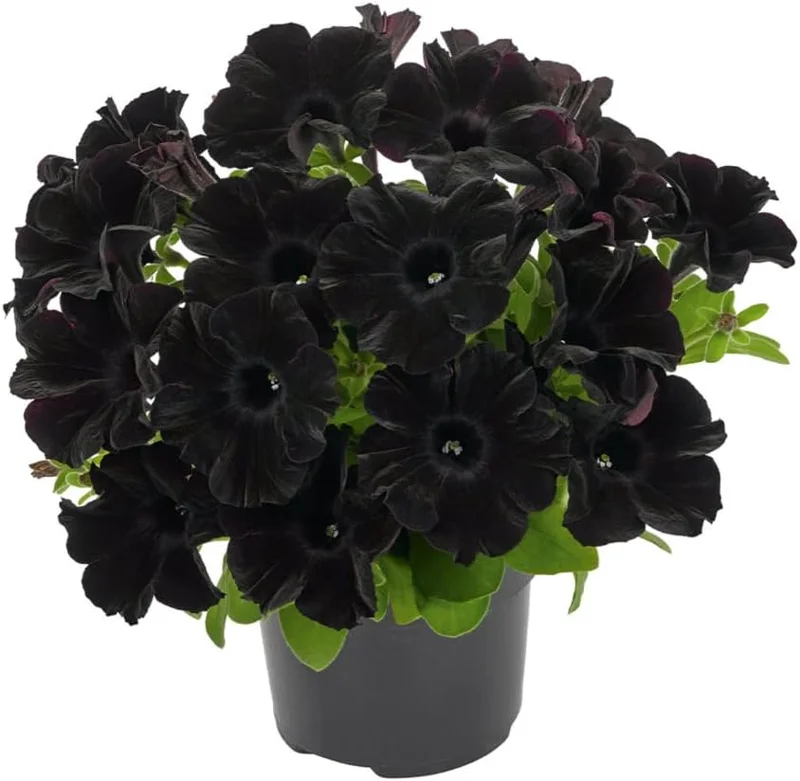

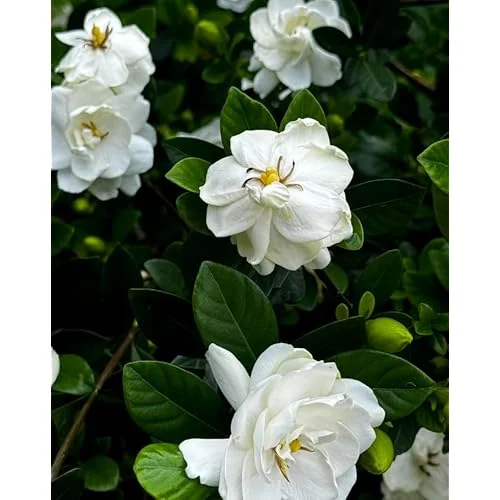
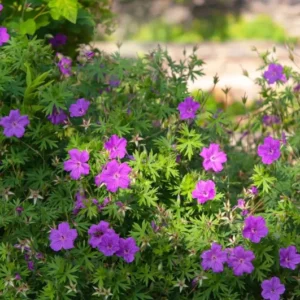
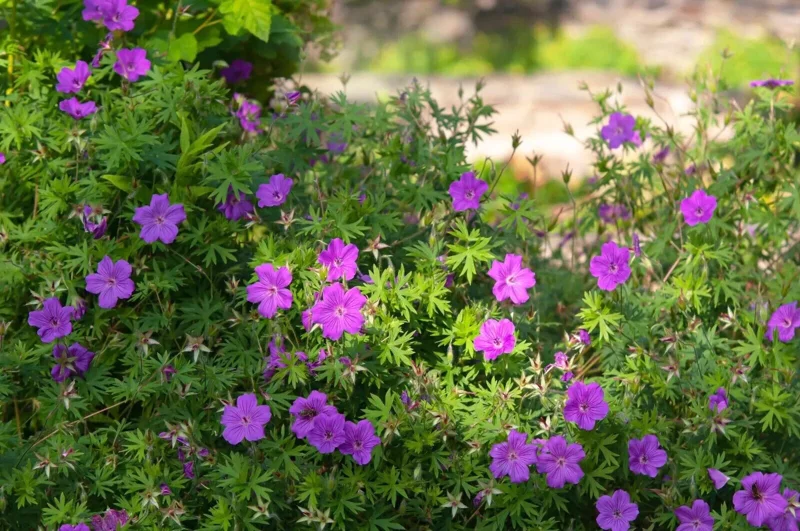
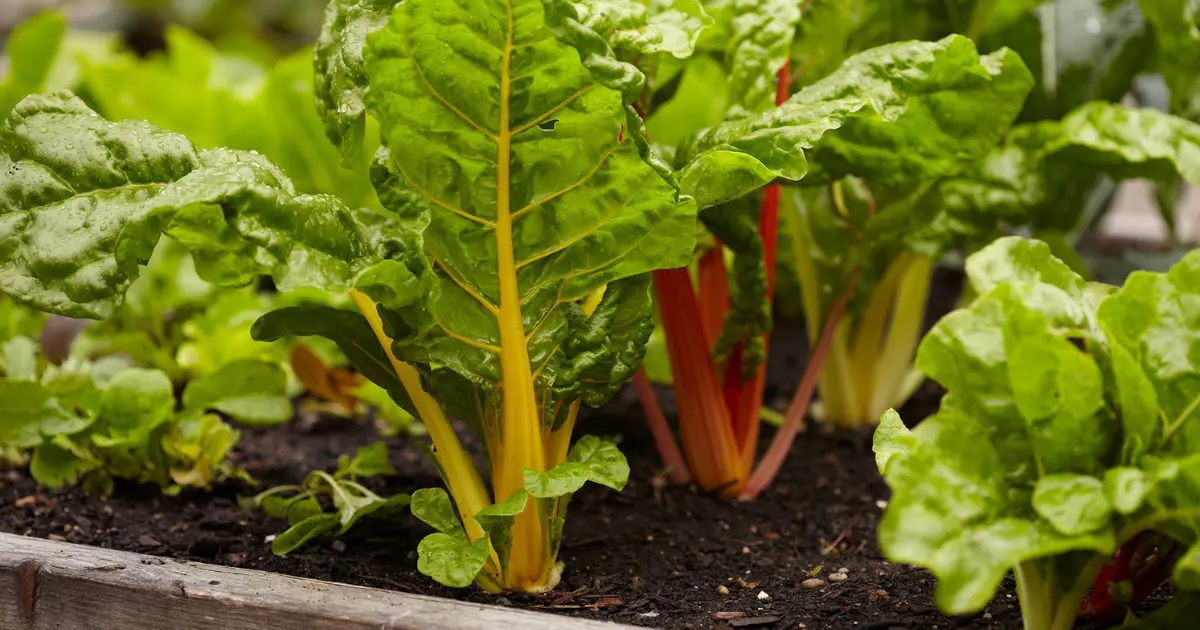
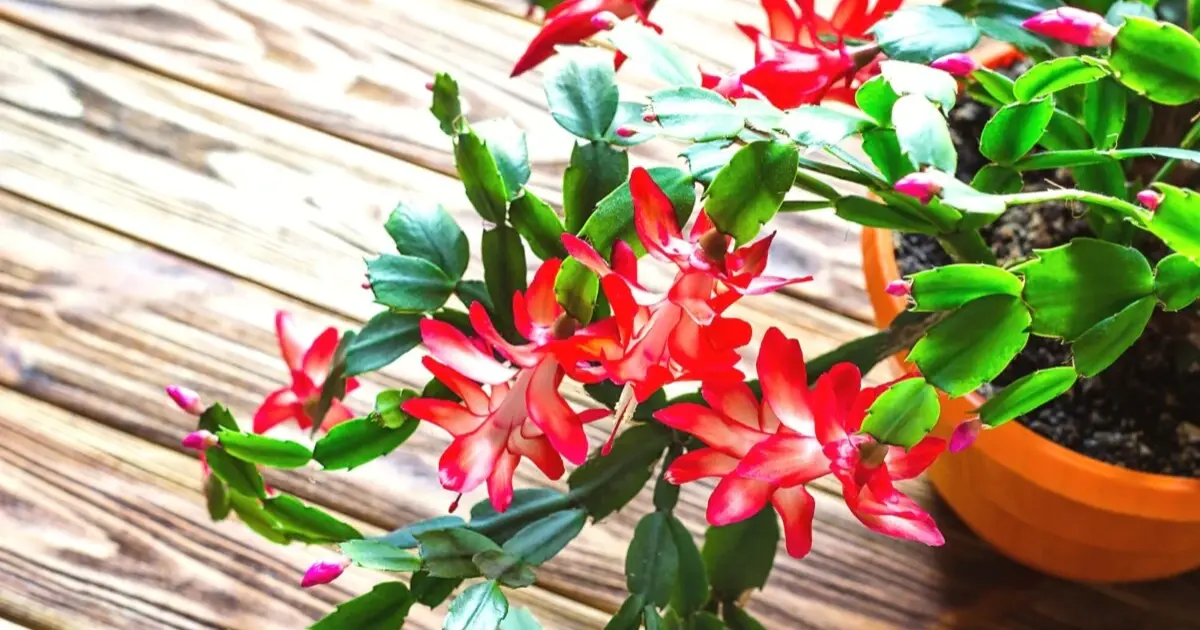
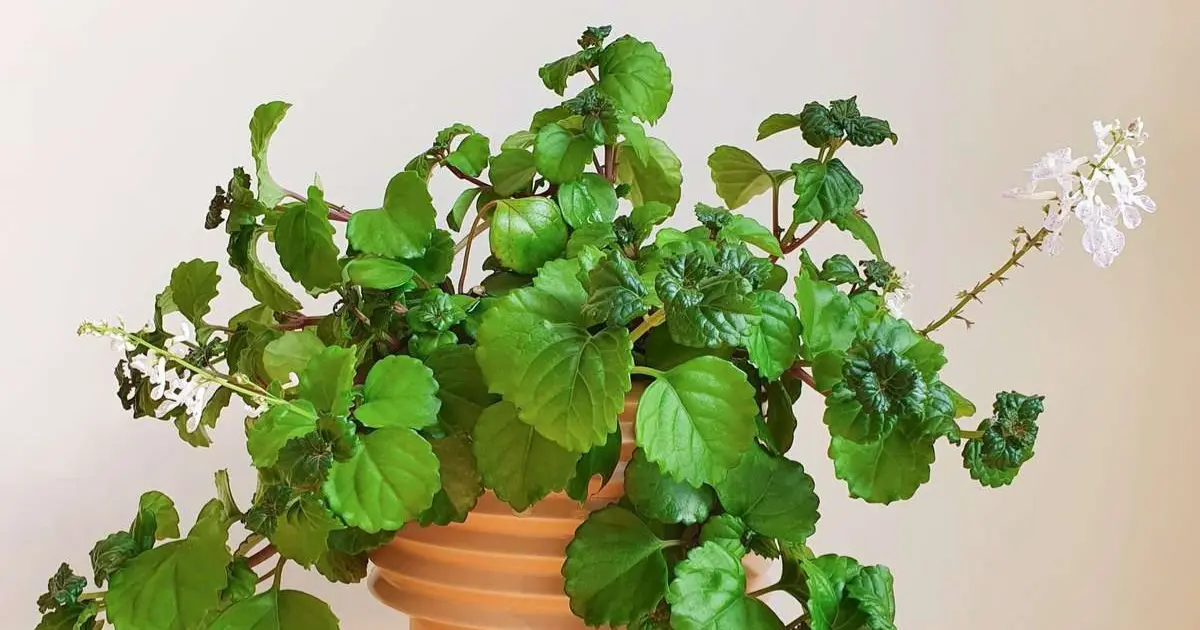
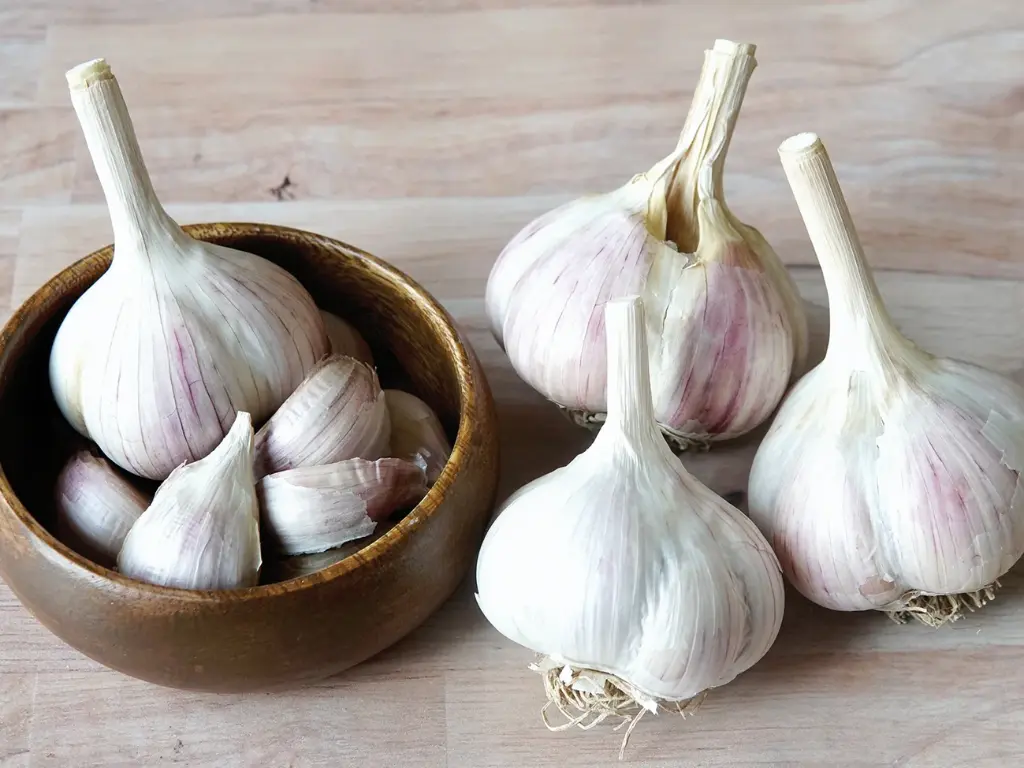
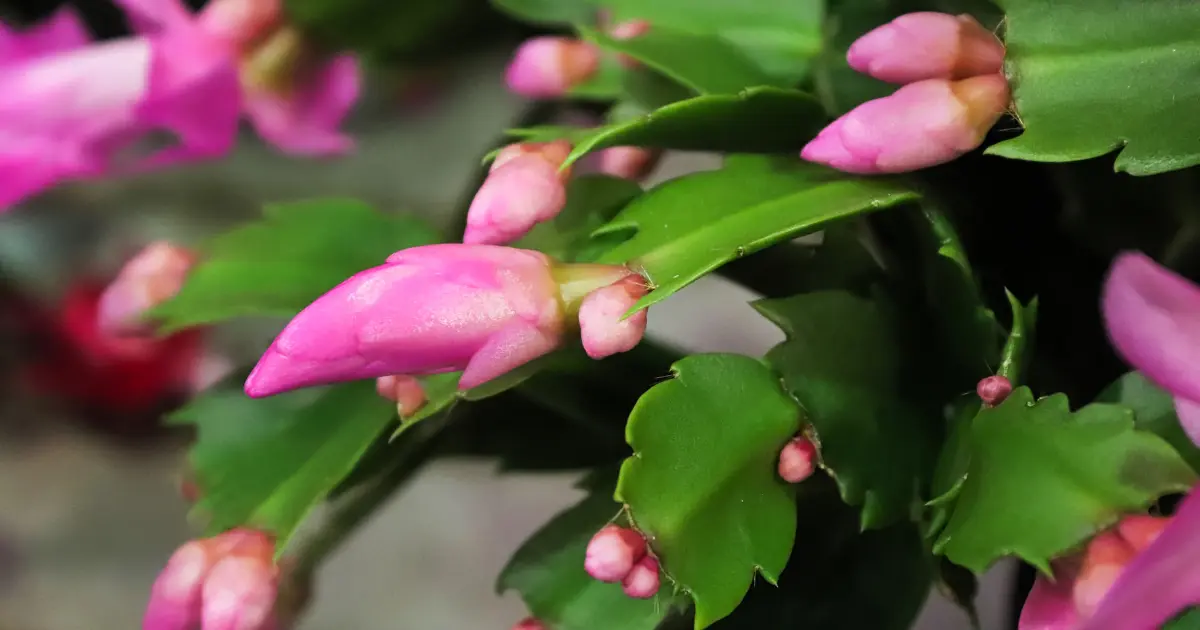






Reviews
There are no reviews yet.